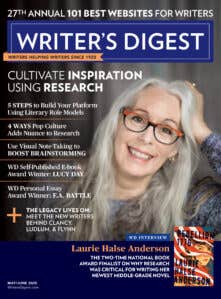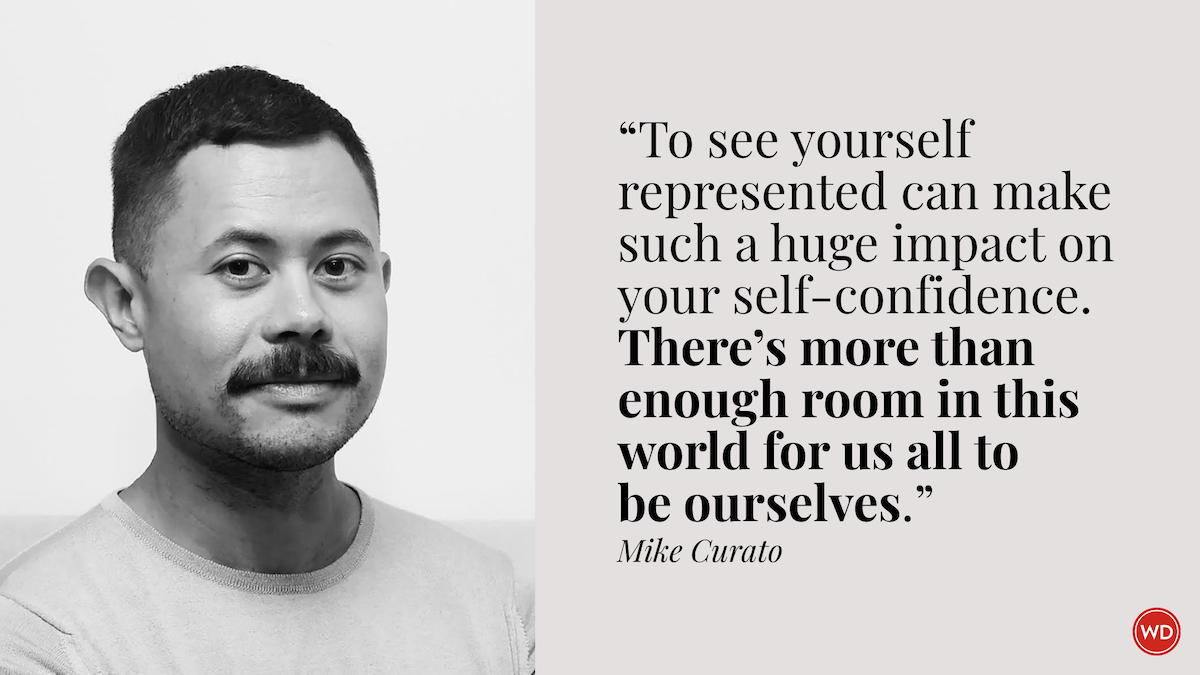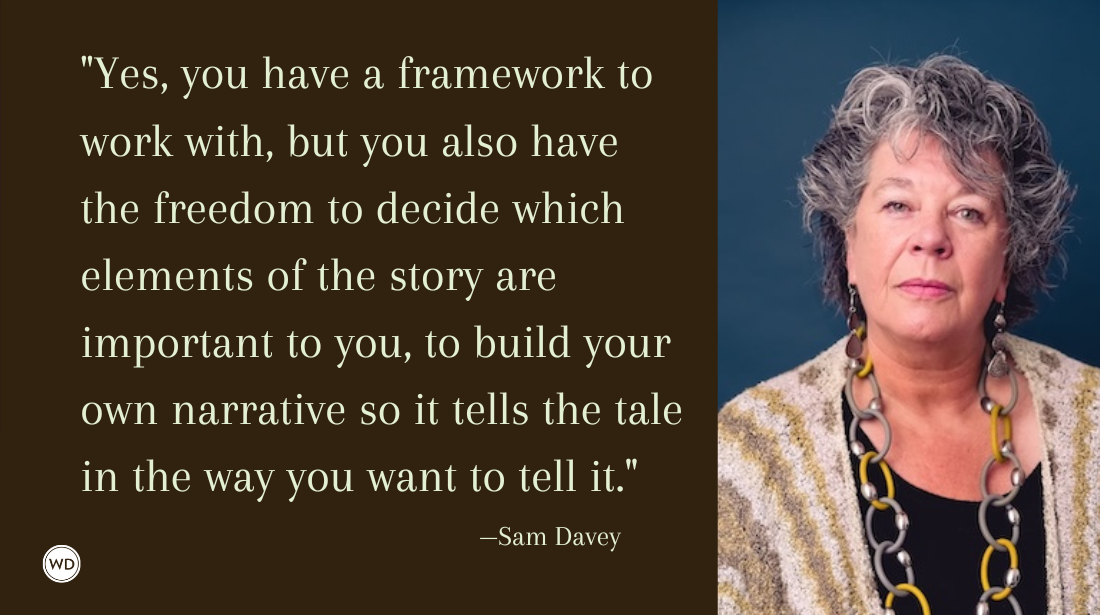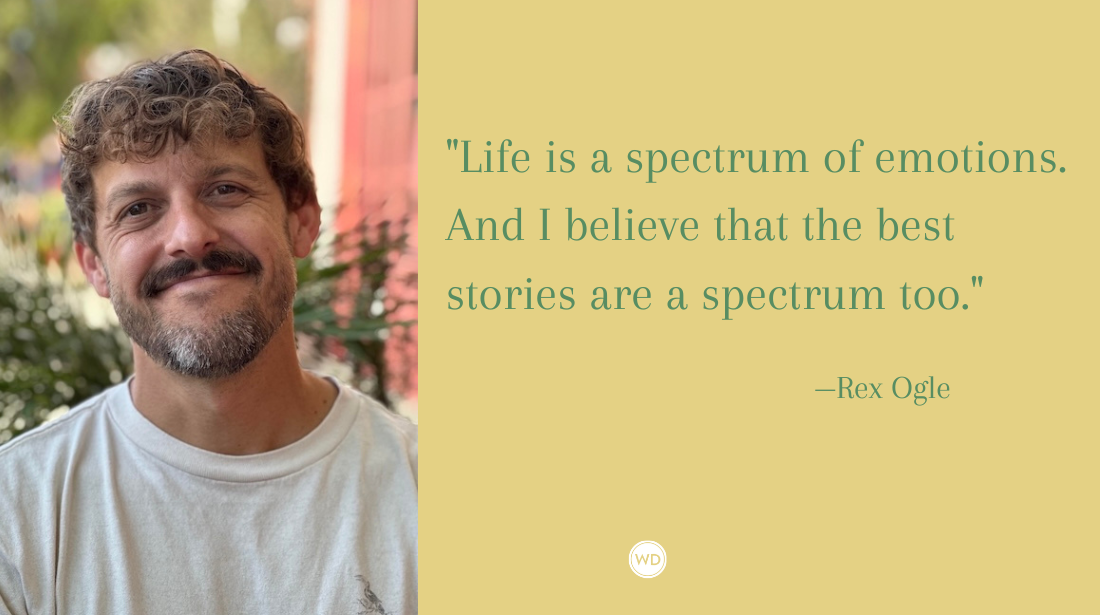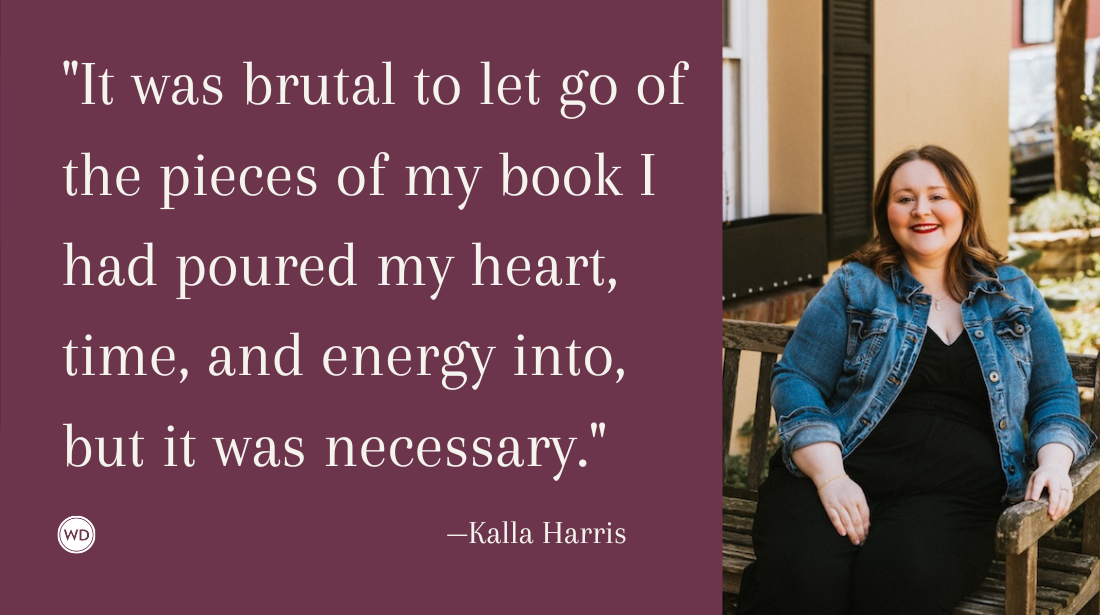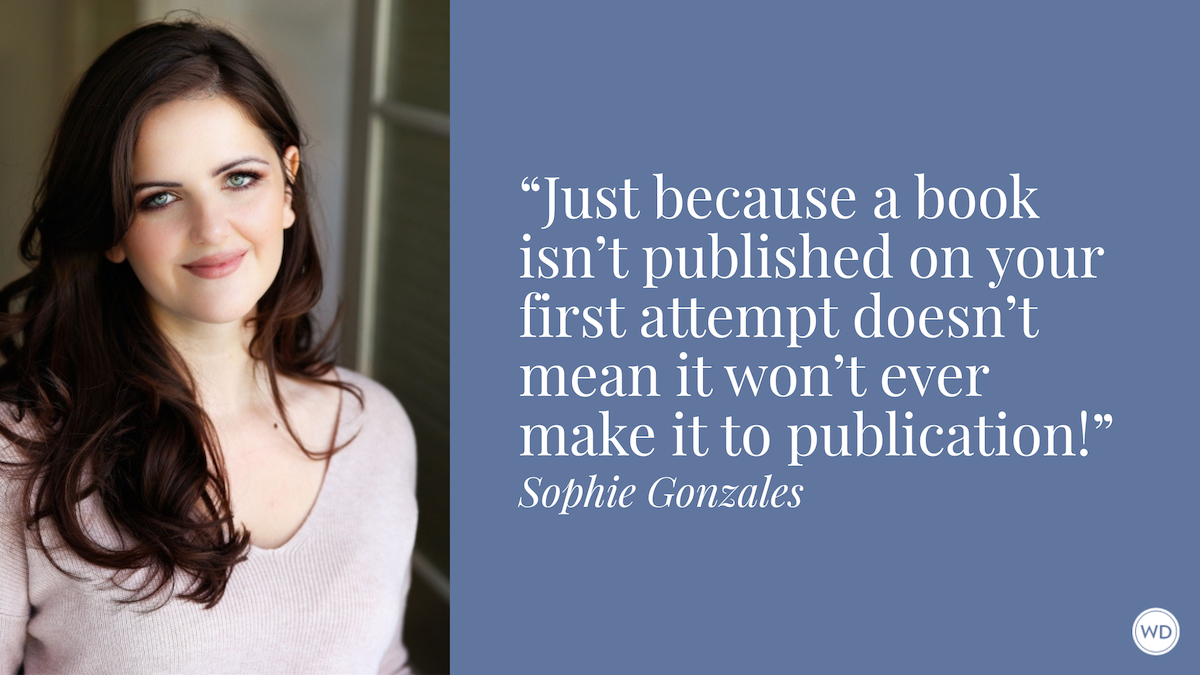5 Elements for Writing a Spine-Tingling Young Adult Gothic Horror
From invoking fear to considering setting, author Kyrie McCauley shares five elements for writing a YA gothic horror novel.
There are so many ways to enjoy a scary story. Our childhoods might have been the highlight of these experiences: visceral reactions to those early introductions to the genre of horror. Maybe you listened around a campfire, feeling the darkness crowding in all around, alert to every twig snapping in the woods. Maybe, like me, you huddled under a blanket fort with a sibling, aiming a flashlight at the horrifying classic art in Scary Stories to Tell in the Dark, adrenaline pumping from just the idea of the monsters on the page coming to life. Maybe you found horror through film before you thought to reach for a book, finally being allowed to watch a “grown-up movie,” and letting the thrill of being permitted to watch a scary movie excite you as much as the content itself.
Whichever way you discovered the genre, you probably learned quickly that scary stories tend to be sticky. They cling to us long after we’ve finished watching or reading because there is nothing quite like those first exposures to the genre. Like a monster in the closet, waiting for us to open the door and be reminded of the first story that made us afraid of the dark.
So, what makes these stories stay with us, especially the ones we discover as young consumers of the horror genre?
These are the questions I had to answer when I was writing my latest novel, All the Dead Lie Down, a young adult gothic romance. There were pieces I needed to fit into the puzzle, to discern the balance of light and dark, and to determine just how much gore I needed on-page to make my point … and then add in a little more for good measure.
In time, All the Dead Lie Down grew like ivy, weaving around themes I didn’t expect: responsibility, belonging, grief. All of which were hidden, carefully, behind the more tangible elements of horror: mutilated animals creeping through the woods, untrustworthy people, and lastly, a setting that practically begged for a scary story to fill it.
Element One: Fear
When talking about horror, fear is the what of the genre. Specifically, this is the literal monster under the bed. The stalker with a butcher knife in hand. The zombies breaking free of graves to stumble across the earth once more. The what is pretty important to the story: You need a clear idea of what your characters are afraid of, so spend some time really fleshing (ha ha) this element out. What goes bump in the night? And why should your characters—and by extension, your readers—fear it? In my opinion, fear is an ageless category. You can make any horror villain scary to any age group if you just know how to tackle the other elements of your story.
Element Two: Dread
So, are we shivering with anticipation yet? If you’ve already got your so-called monster, then the next step is to build dread around that monster. This is the how of your novel. If you reveal all of the elements of fear right from the start, there won’t be anything left to build. Often, the idea of something is worse than its actuality, and building that dread is an important part of telling a horror story. In All the Dead Lie Down, not only does my main character spend time stewing in uncertainty about what is happening, but she also has anxiety and tends to build up monsters even where they don’t exist. Understanding how your character experiences fear is just as vital as the scare itself.
Element Three: Distrust
The next piece of writing this story for me was the who. In All the Dead Lie Down, we have a small, succinct cast of characters, and each had to play a role in placing my main character, Marin, exactly where I needed her. A few of these characters are abrupt from the start, pushing Marin away even as she seeks closeness, making her long for something just out of reach. And a few characters do the opposite, drawing Marin in like a moth to a flame. My main character is meant to feel surrounded, but lonely, navigating strange people in a strange place, and trying to decide who she can trust. In the end, you’ll want your reader to be questioning allegiances right alongside your main character.
Element Four: Levity
Listen, we’ve all shouted at a character for doing something presumably dumb in a horror story. They go into the dark basement, or ride their boat out onto the haunted lake, or open the bolted door. The thing is, characters don’t know they are in a scary story. It’s the job of writers to make us understand why a character might make these choices—even if we might disagree, slam the book shut, or throw popcorn at the screen when they make those choices. So next, ask the question: Why is your character here? What are they seeking? Their motivation can be entirely outside the realm of horror because again, they don’t know there are monsters afoot until they see them. This is where levity comes in. Your character’s motivation can be a break from the scary stuff: Maybe they want love, belonging, acceptance, to win a prize. Give your character something to fight for that represents the light among all the darkness.
Element Five: Setting
Finally, the where. Instead of thinking of your setting as merely a place, try to consider it as another character in the story, driving the plot at times with its own sinister motivations. Put your character in a place that is aware of them as much as they are aware of it. A house can feel anthropomorphic. A forest can feel sentient. A cemetery can feel alive. If your setting feels like a who as much as a where, your character will get that spine-tingling, foreboding sense that something, somewhere, is always watching them.
Kyrie McCauley is the author of If These Wings Could Fly, winner of the William C. Morris YA Debut Award, and We Can Be Heroes. She has also been a waitress, nanny, singer in a band, ACLU intern, rally organizer, Truman Scholar, and most recently, a mother and a writer. She holds a master of science in social policy from the University of Pennsylvania. She lives near Philadelphia with her husband, children, and several ill-mannered but beloved cats. You can visit Kyrie at KyrieMccauley.com.


